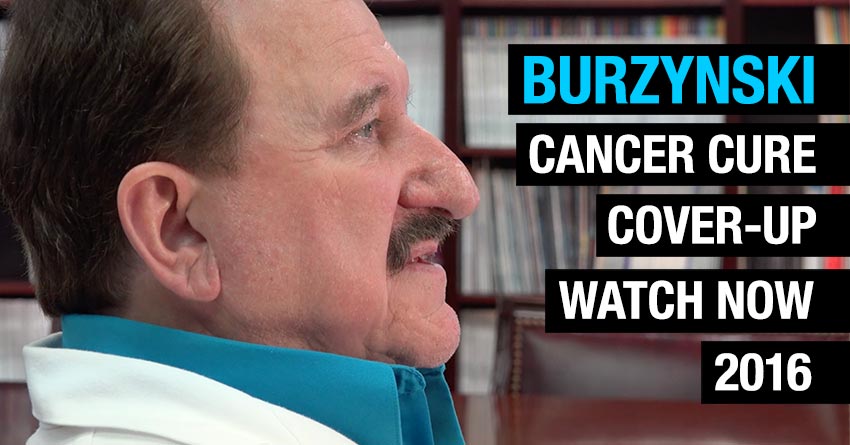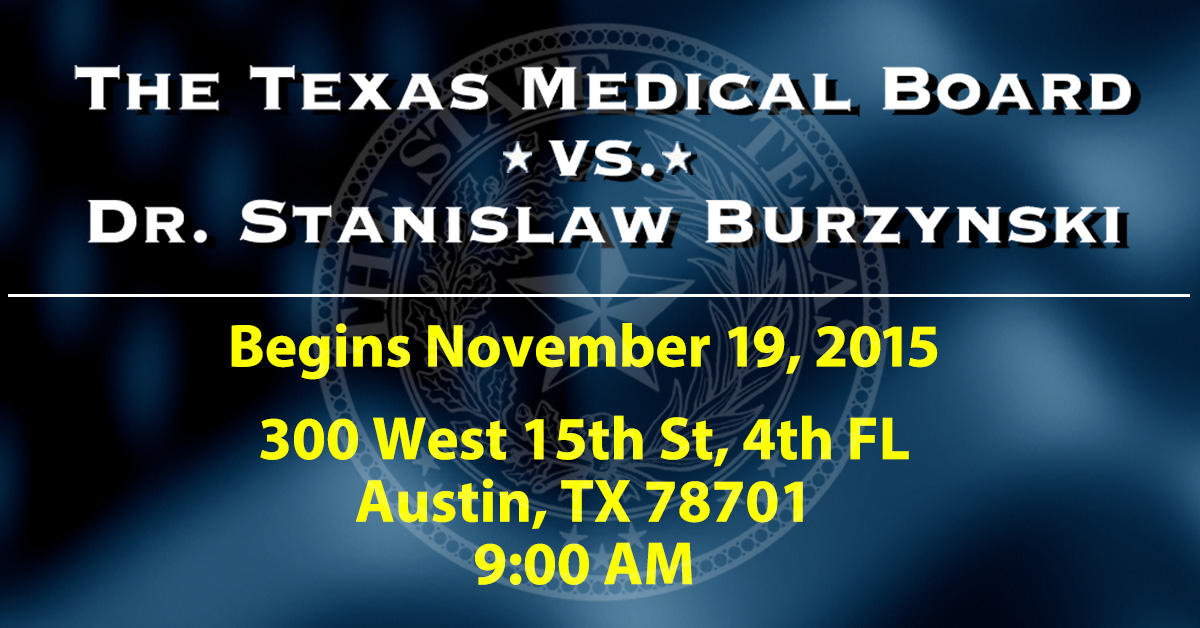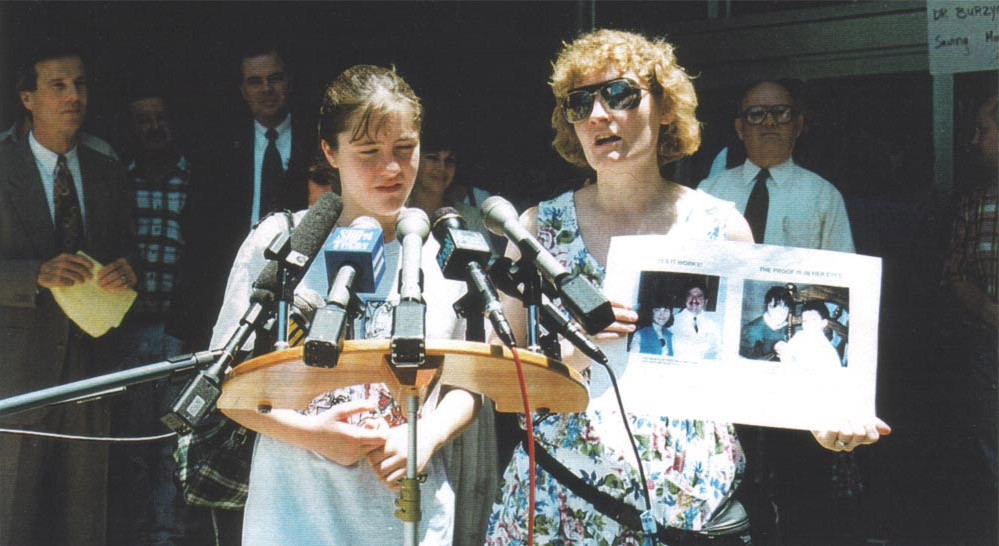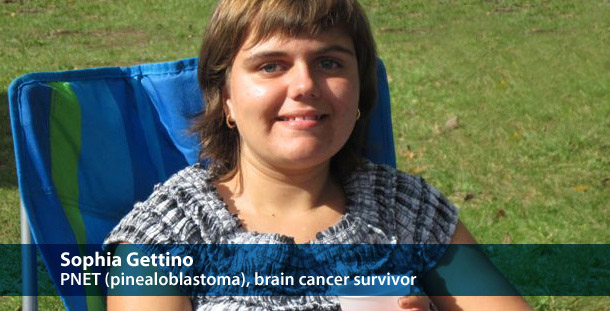List of recently published peer-reviewed articles related to
Antineoplastons and Burzynski’s “personalized cancer therapy”
ANTINEOPLASTONS:
2015
A Phase II Study of Antineoplastons A10 and AS2-1 in Adult Patients with Primary Brain Tumors—Final Report (Protocol BT-09)
Link: http://www.scirp.org/Journal/PaperInformation.aspx?PaperID=61444
———-
A Phase II Study of Antineoplastons A10 and AS2-1 in patients with recurrent Anaplastic Astrocytoma—Final Report (Protocol BT-15)
Link: http://www.ccsenet.org/journal/index.php/cco/article/view/47383
———-
A Phase II Study of Antineoplastons A10 and AS2-1 in patients with Brainstem Gliomas.
The Report on Non-Diffuse Intrinsic Pontine Glioma (Protocol BT-11)
Link: http://www.scirp.org/journal/PaperInformation.aspx?PaperID=55563#.VTRM6hPF_t1
———-
A Phase II Study of Antineoplastons A10 and AS2-1 in Adult Patients
With Newly-Diagnosed Anaplastic Astrocytoma – Final Report (Protocol BT-08)
Link: http://www.ccsenet.org/journal/index.php/cco/article/view/42461
———-
2014
———-
The response and survival of children with recurrent diffuse intrinsic pontine glioma based on
phase II study of antineoplastons A10 and AS2-1 in patients with brainstem glioma
Pubmed link: http://www.ncbi.nlm.nih.gov/pubmed/24718705
———-
A Phase II Study of Antineoplastons A10 and AS2-1 in Children with High-Grade Glioma.
Final Report (Protocol BT-06), and Review of Recent Trials
Abstract: http://www.scirp.org/journal/PaperInformation.aspx?paperID=46242#.VMF91i7F-Qw
———-
A Phase II Study of Antineoplastons A10 and AS2-1 in Adult Patients with Recurrent Glioblastoma Multiforme:
Final Report (Protocol BT-21)
Abstract: http://www.scirp.org/journal/PaperInformation.aspx?PaperID=49564#.VMF-dS7F-Qw
———-
A Phase II Study of Antineoplastons A10 and AS2-1 in Children with Recurrent, Refractory or Progressive Primary Brain Tumors—
Final Report (Protocol BT-22)
Abstract: http://www.scirp.org/journal/PaperInformation.aspx?PaperID=49568#.VMF-wy7F-Qw
———-
Recurrent Glioblastoma Multiforme— A Strategy for Long-Term Survival
Abstract: http://www.scirp.org/journal/PaperInformation.aspx?PaperID=49566#.VMF_SS7F-Qw
———-
The Effect of Antineoplastons A10 and AS2-1 and Metabolites of Sodium Phenylbutyrate
on Gene Expression in Glioblastoma Multiforme
Abstract: http://www.scirp.org/journal/PaperInformation.aspx?PaperID=49471#.VMF_jy7F-Qw
**********
PERSONALIZED GENE-TARGETED
2015
———-
A Case of Sustained Objective Response of Recurrent/Progressive Diffuse Intrinsic Pontine Glioma
with Phenylbutyrate and Targeted Agents
Abstract: http://www.scirp.org/journal/PaperInformation.aspx?paperID=52985#.VMF9NS7F-Qw
———-
2014
Preliminary Findings on the Use of Targeted Therapy in Combination with Sodium Phenylbutyrate
in Colorectal Cancer after Failure of Second-Line Therapy—A Potential Strategy for Improved Survival
Abstract: http://www.scirp.org/journal/PaperInformation.aspx?PaperID=51577#.VMF_6S7F-Qw
———-
Preliminary Findings on the Use of Targeted Therapy in Combination with Sodium Phenylbutyrate in
Advanced Malignant Mesothelioma: A Strategy for Improved Survival
Abstract: http://www.scirp.org/journal/PaperInformation.aspx?PaperID=50986#.VMGALS7F-Qw
———-
Preliminary Findings on the Use of Targeted Therapy in Combination with Sodium Phenylbutyrate in
Recurrent Advanced Pancreatic Cancer—A Potential Strategy for Improved Survival
Abstract: http://www.scirp.org/journal/PaperInformation.aspx?PaperID=50936#.VMGAci7F-Qw
———-
Preliminary Findings on the Use of Targeted Therapy with Pazopanib and Other Agents in Combination
with Sodium Phenylbutyrate in the Treatment of Glioblastoma Multiforme
Abstract: http://www.scirp.org/journal/PaperInformation.aspx?paperID=52600#.VMGAtC7F-Qw
Just released: BURZYNSKI: CANCER CURE COVER-UP (2016)

Your rental or purchase of this new release helps to support and maintain our ability to keep this story alive and in the public’s eye, only $5.00.







You must be logged in to post a comment.